This project is led by Paige Collopy
Freshwater oil spills are commonly overlooked by marine spills due to the small volumes associated with these spills 1 . In the Northern Great Plain (NGP) region, the extraction, transport and storage of oil exposes nearby rivers and streams to potential spills. Oil contains an abundance of highly toxic compounds — including polycyclic aromatic hydrocarbons (PAHs) — which can cause long-term harm to aquatic organisms. Oil spills in the NGP region have resulted in inputs to freshwater systems, and the consequences for macroinvertebrate biodiversity and ecosystem health remain unclear and relatively unstudied. As a result, Iain and Paige have been studying an oil spill in the Moose Jaw River, Saskatchewan that led to sediment total PAH concentrations reaching 221,667 µg/g (sum 13 parent PAHs). They have related the concentrations of PAHs observed in the sediment to the benthic macroinvertebrate community composition to make observations of ecosystem health resulting from the spill.
Most freshwater systems experiences multiple types of stressors occurring simultaneously, making it difficult to link an observed stress, or biological effect, to a particular stressor 2. Therefore it is necessary to have biological characteristics, or metrics, that are indicative of each type of stressor. Using information collected from the Moose Jaw River, we have also made advancements in the identification of macroinvertebrate metrics that are forensic of oil in freshwater streams. Integrating metrics of this nature into biomonitoring programs will help infer impacts to freshwater ecosystems even in cases where no data from pre-disturbance conditions are available – a critical tool for regions exposed to higher risks of oil spills, such as the Northern Great Plains where pipeline development is constantly expanding.
In addition, the oil spill in the Moose Jaw River has also provided a unique opportunity to determine if PAHs have the potential to enter the aquatic food web. Upcoming tissue analysis of macroinvertebrates will provide insight on whether or not PAHs accumulate from the sediment into the organisms, and eventually through the aquatic food web.
References
1 Lee, Kenneth et al. 2015. The Behaviour and Environmental Impacts of Crude Oil Released into Aqueous Environments. The Royal Society of Canada Expert Panel. Ottawa, ON.
2 Collier, T. K. 2003. Forensic Ecotoxicology: Establishing Causality between Contaminants and Biological Effects in Field Studies. Human and Ecological Risk Assessment: An International Journal, 9:1, 259-266.

